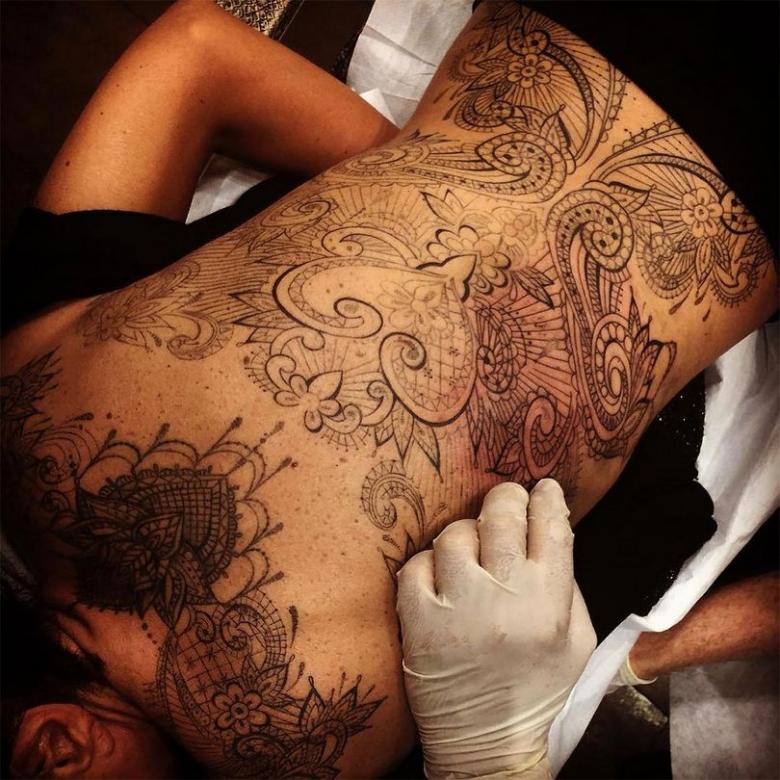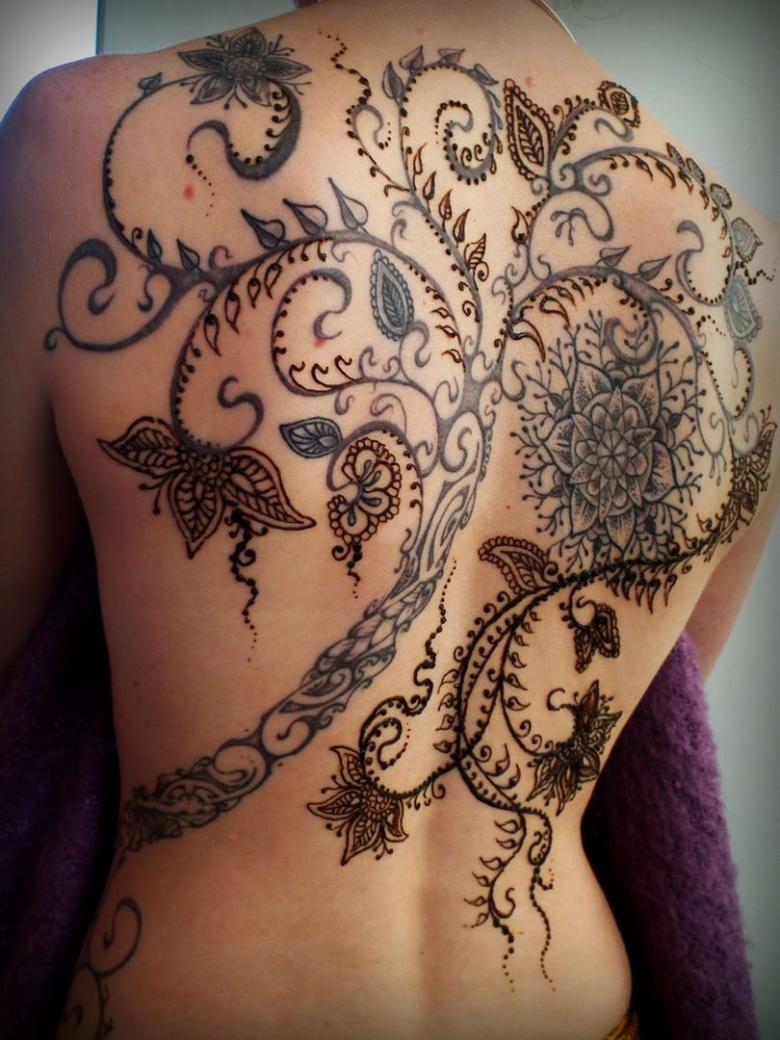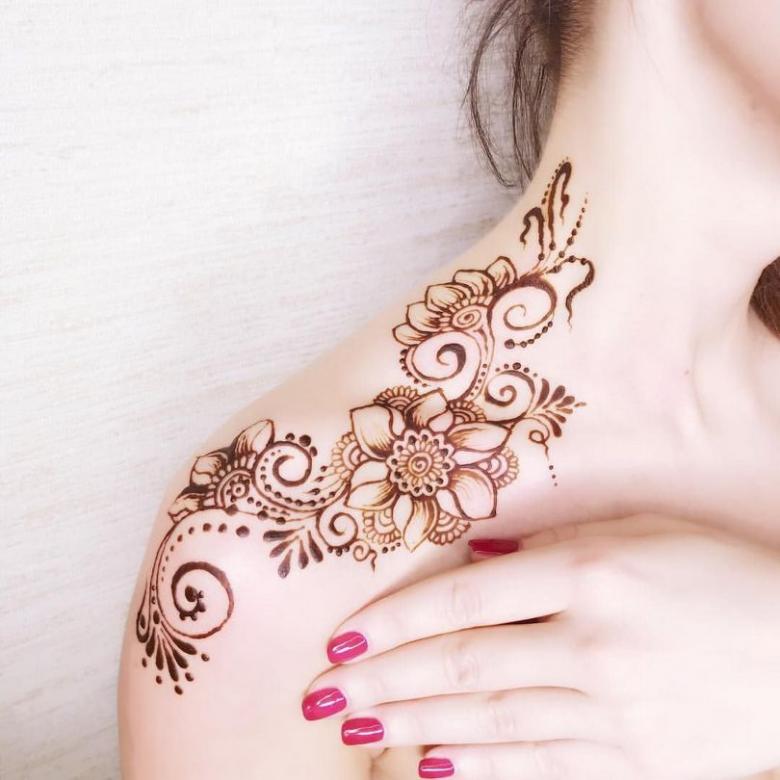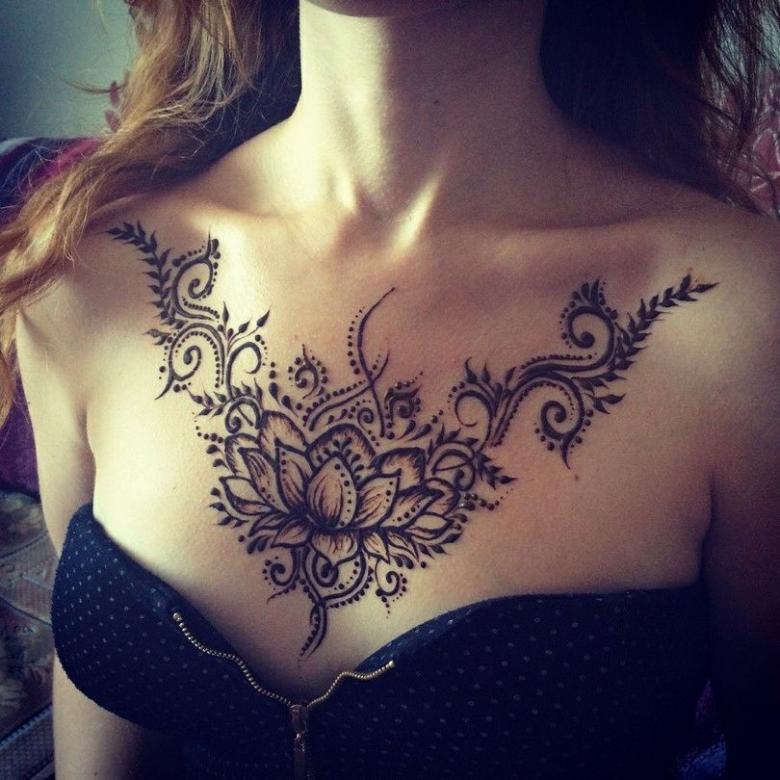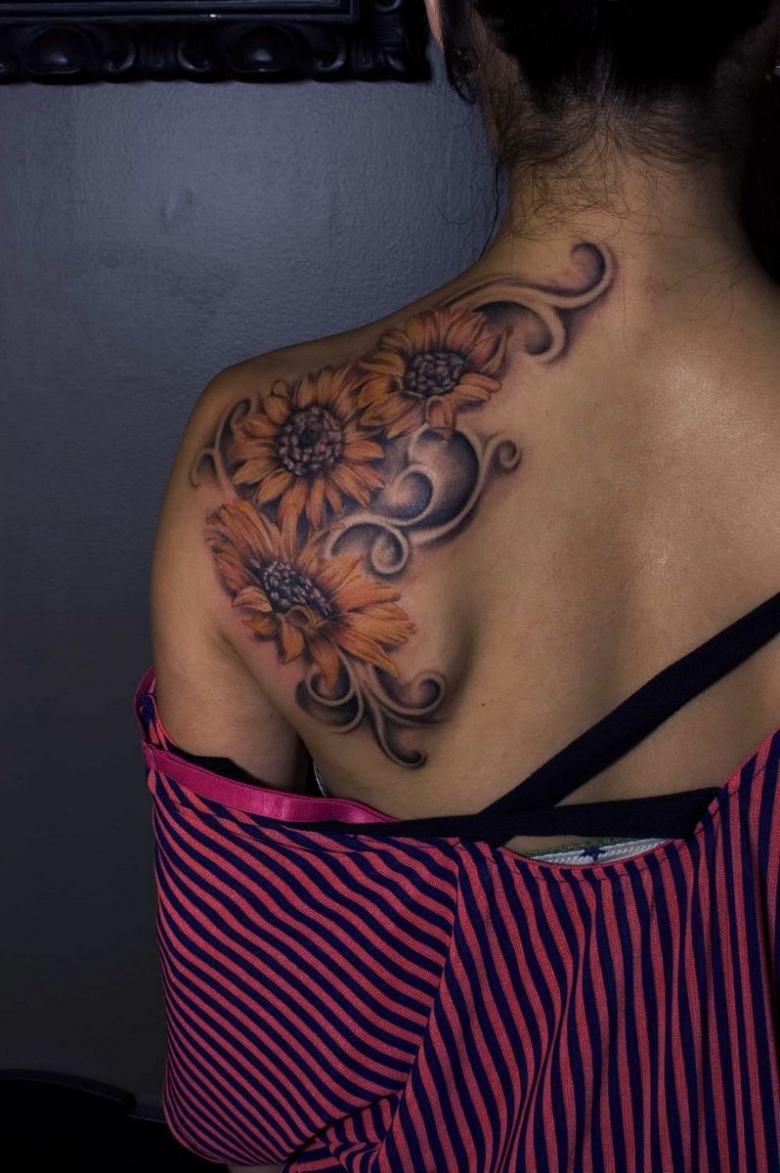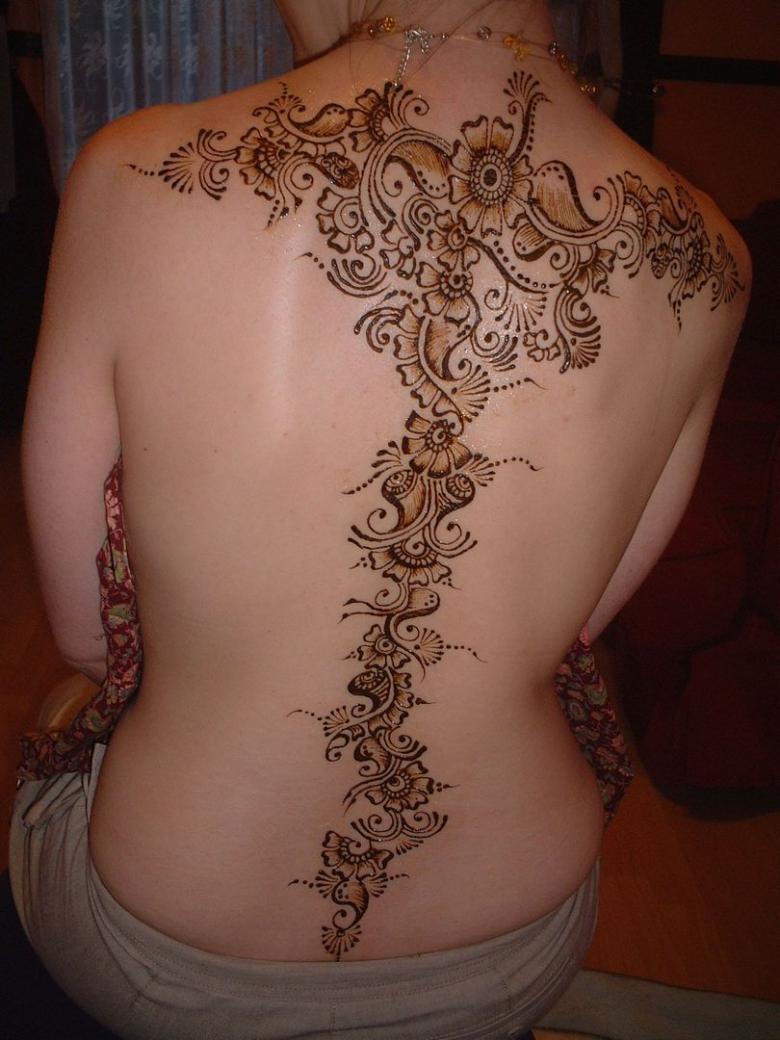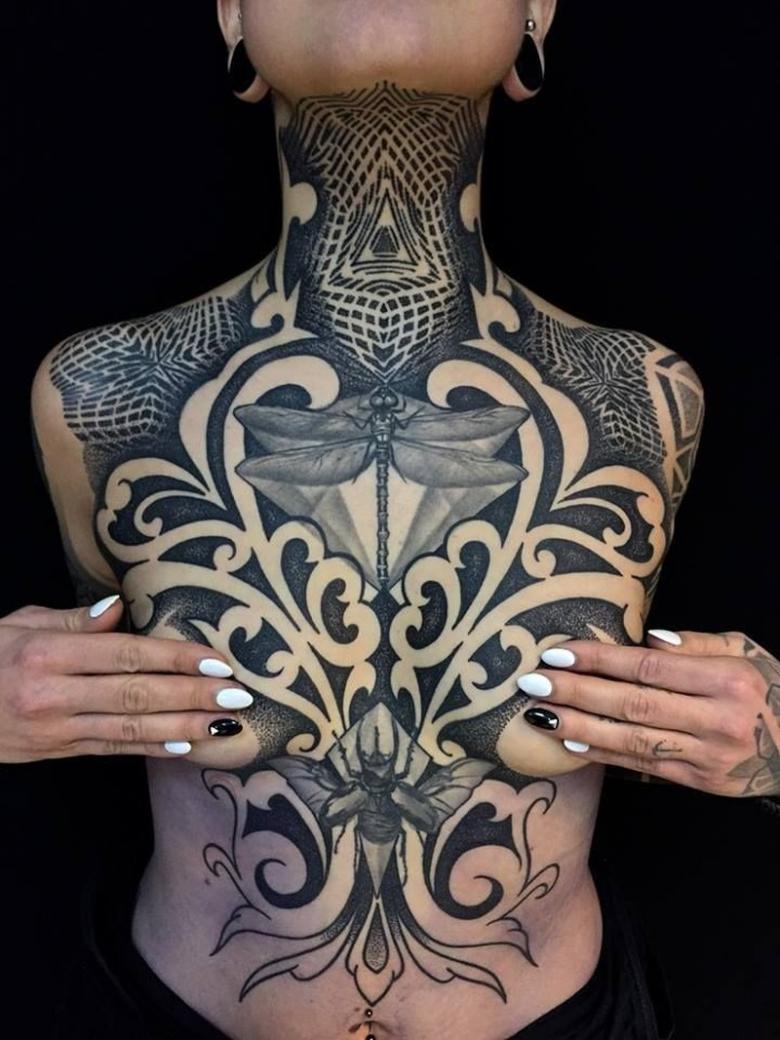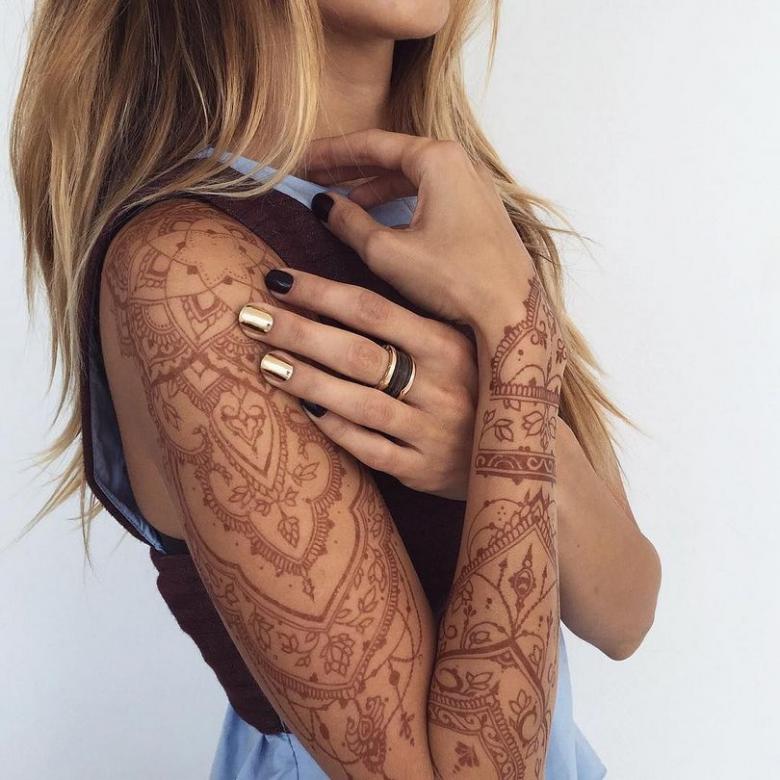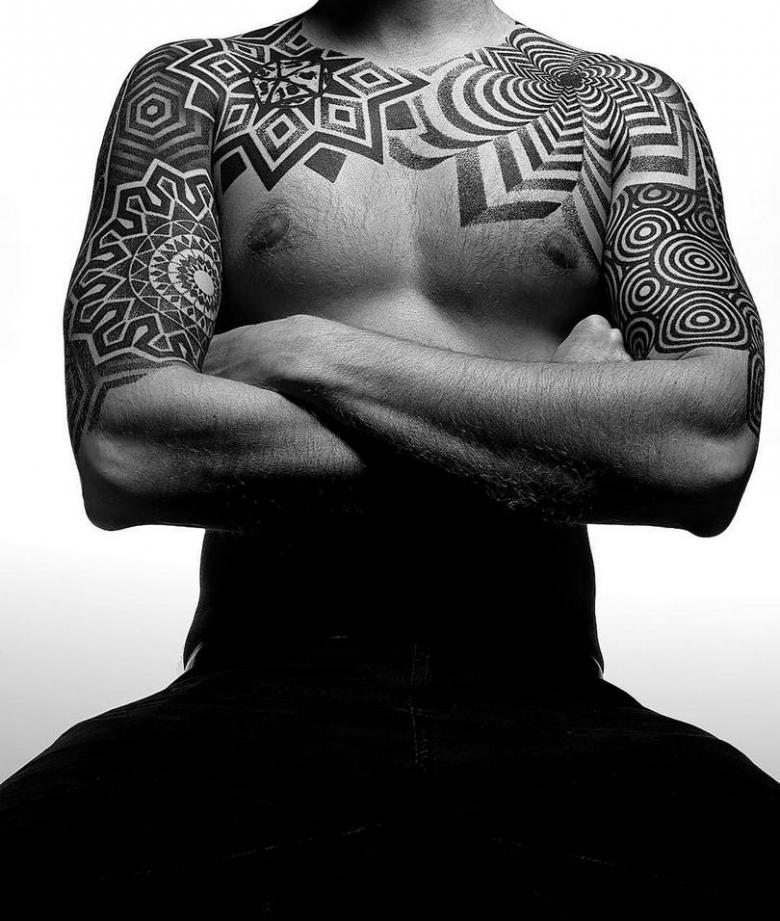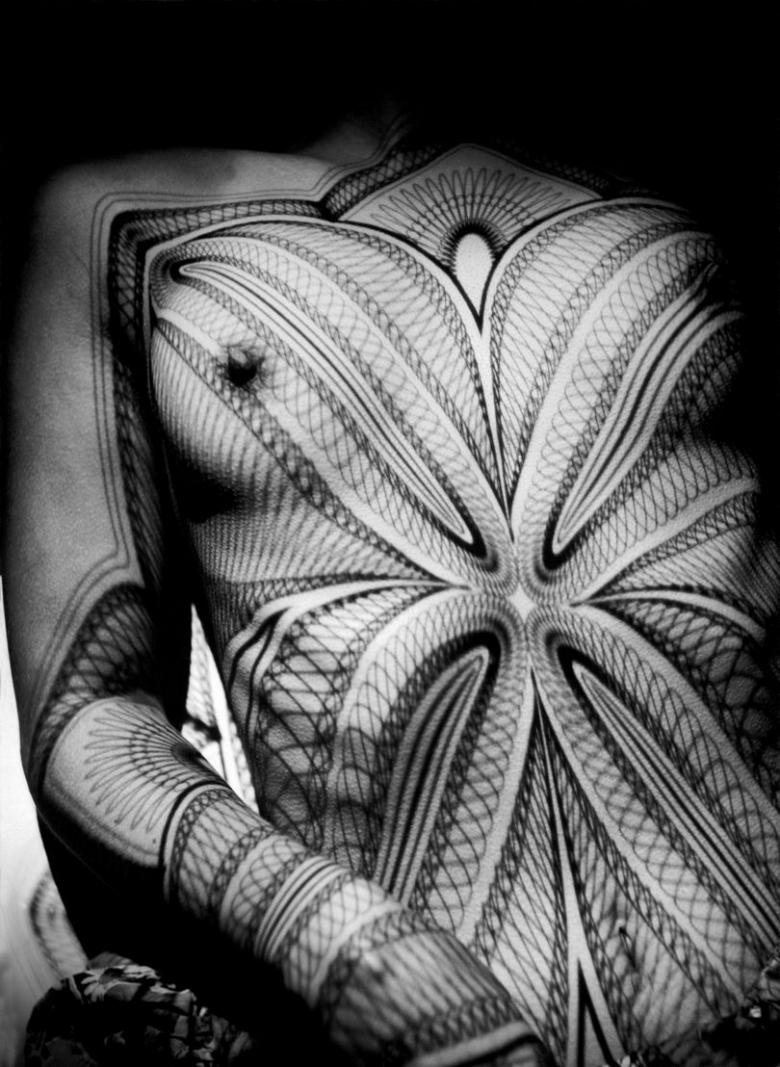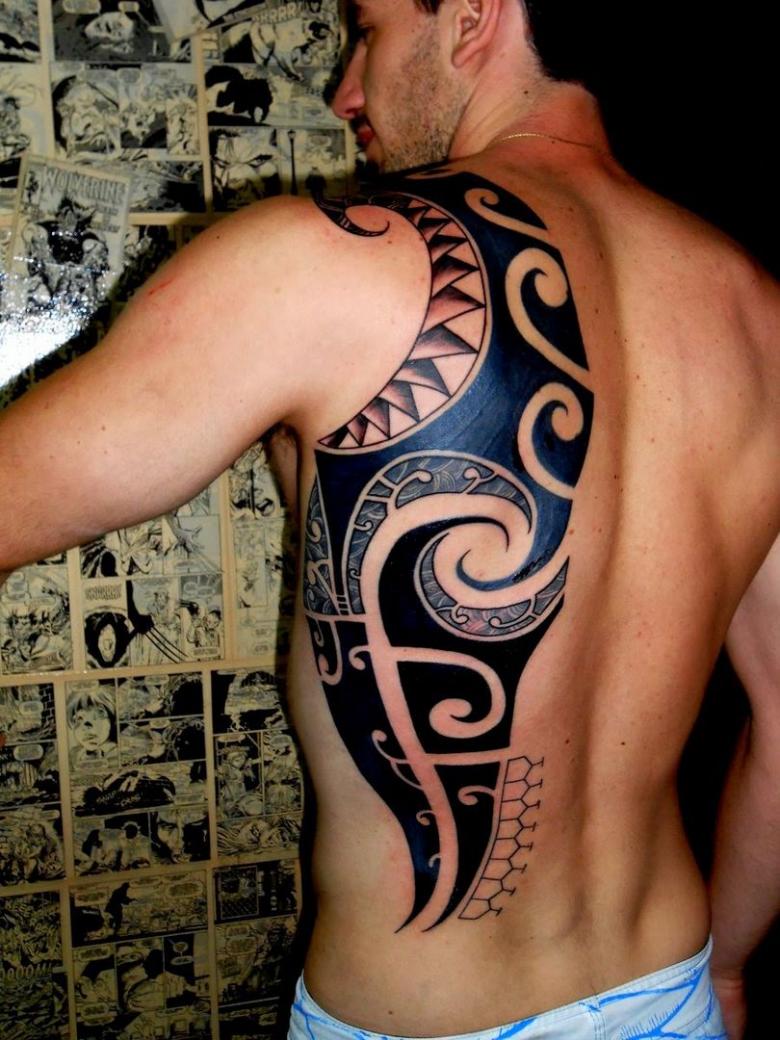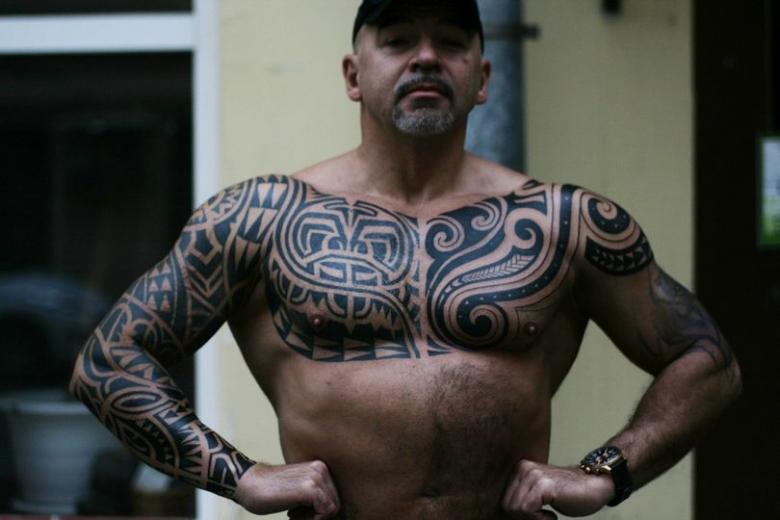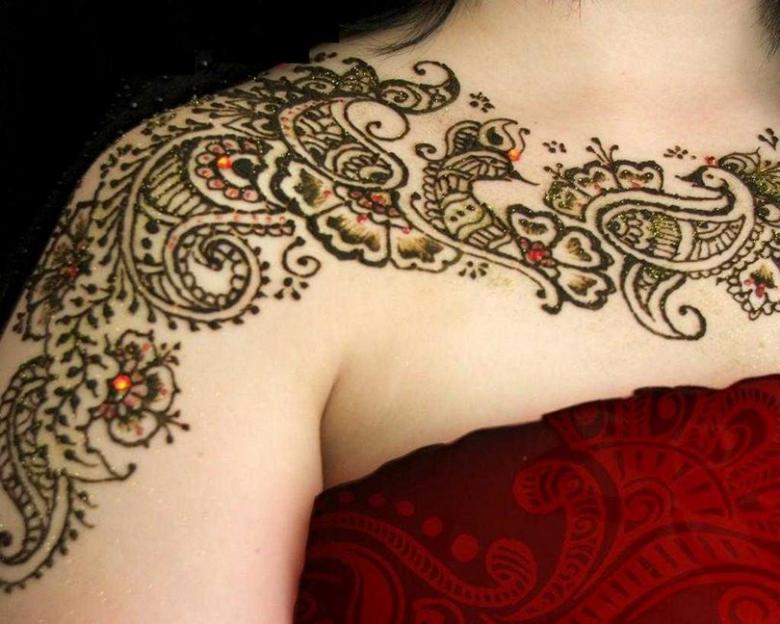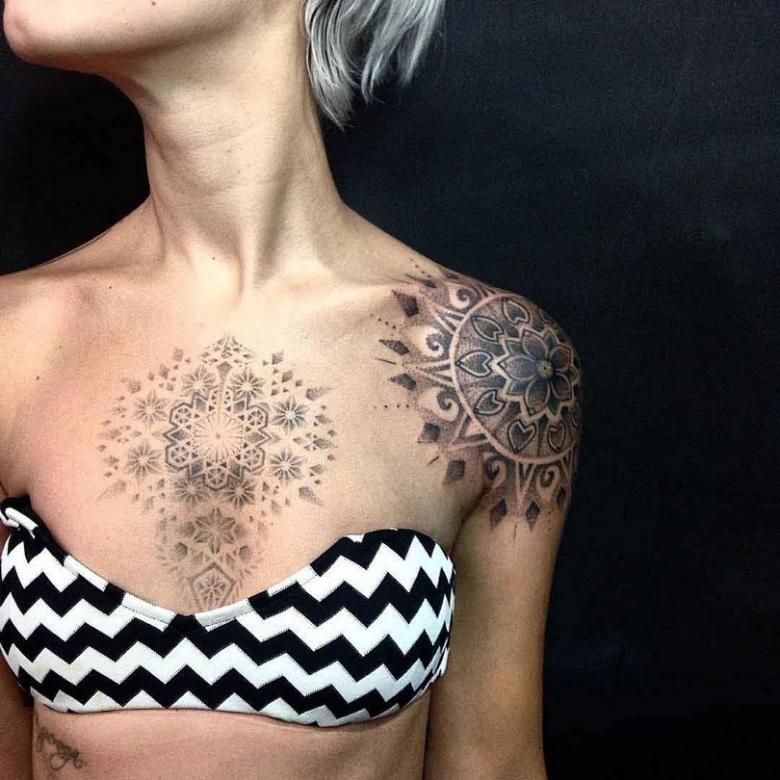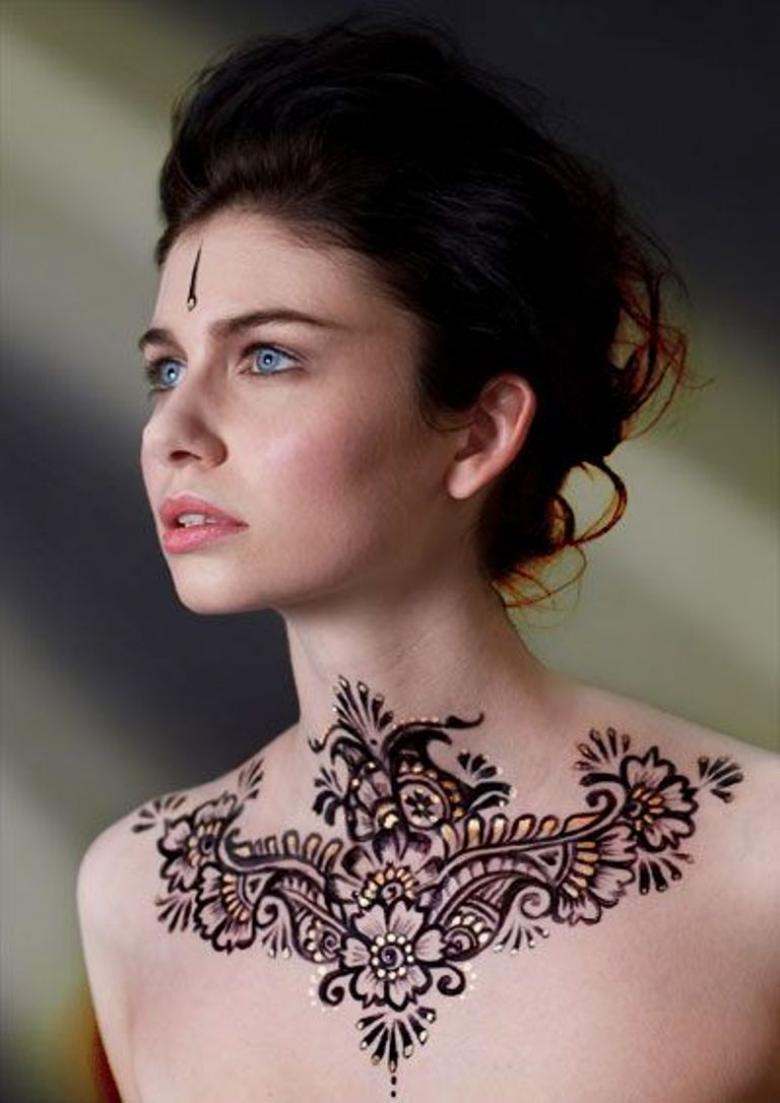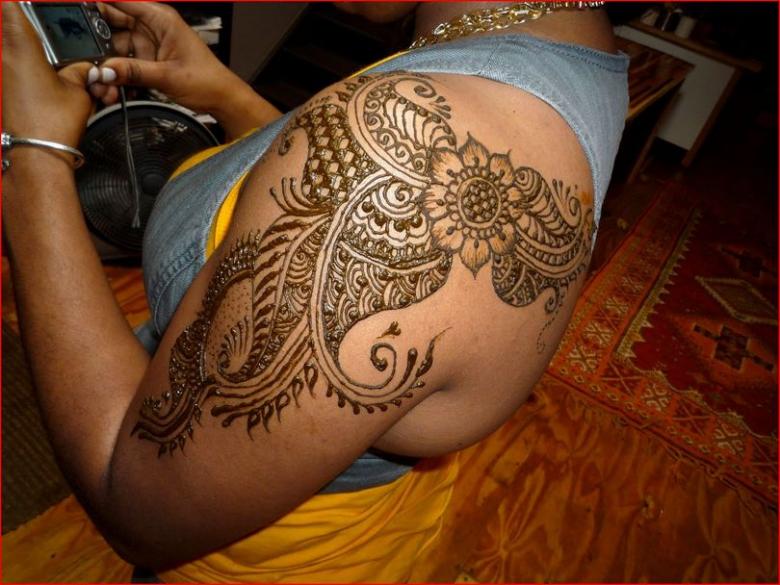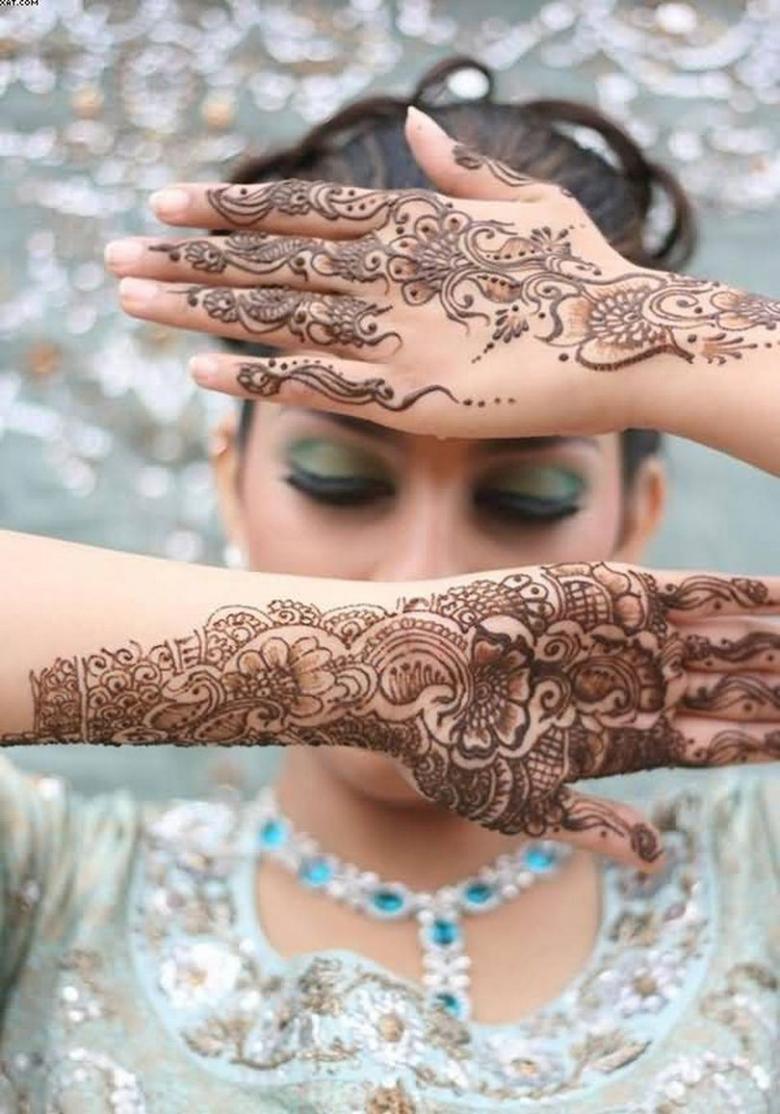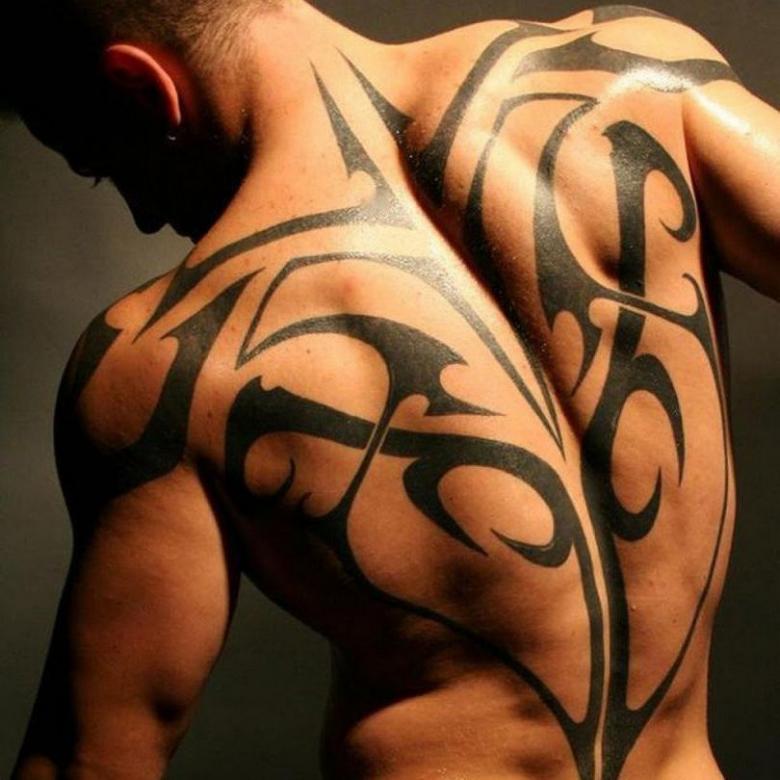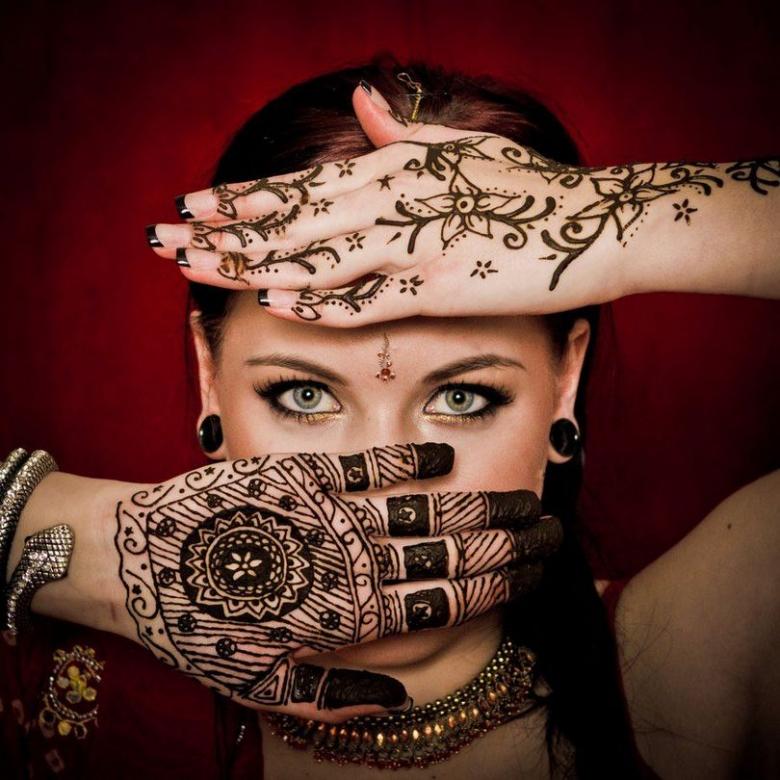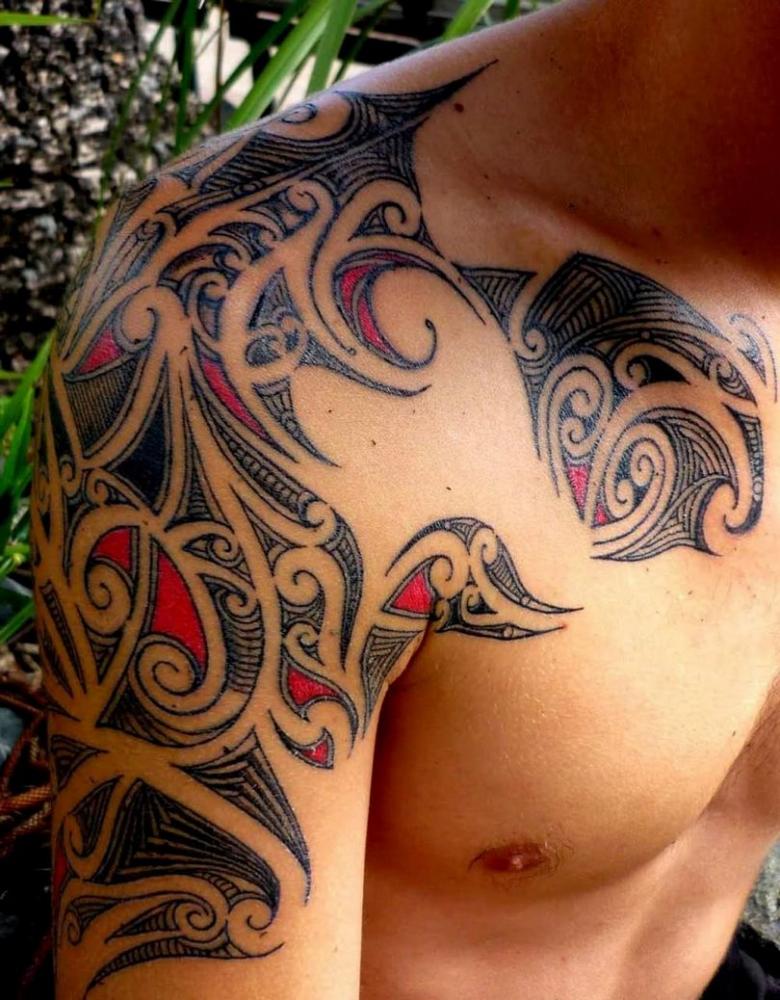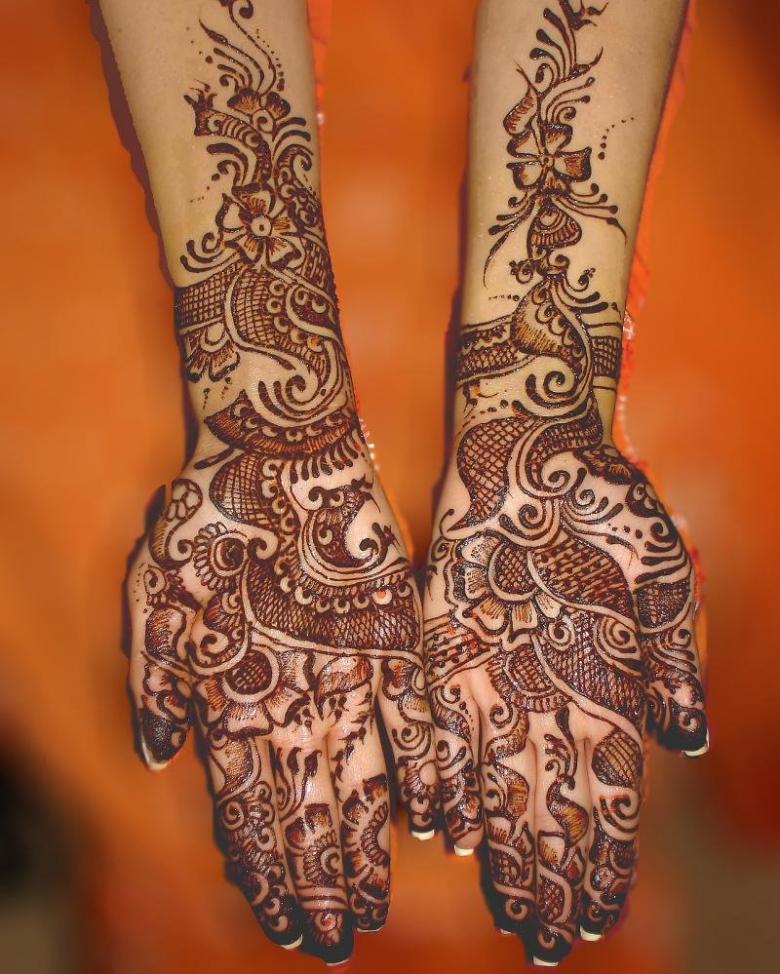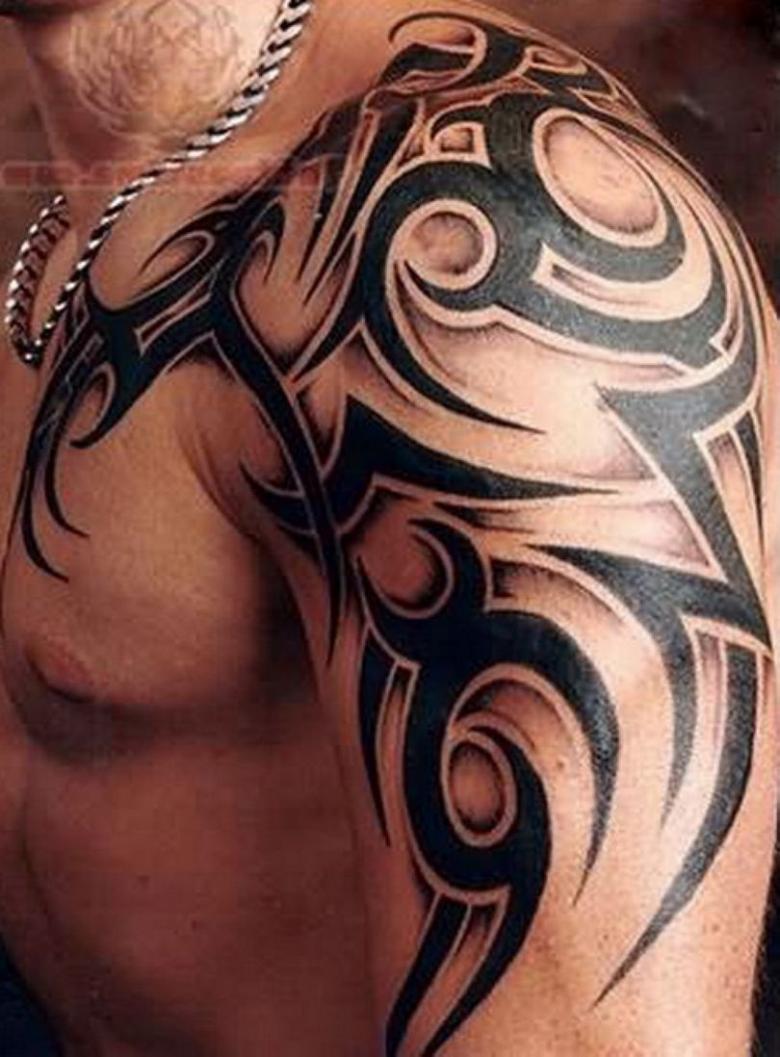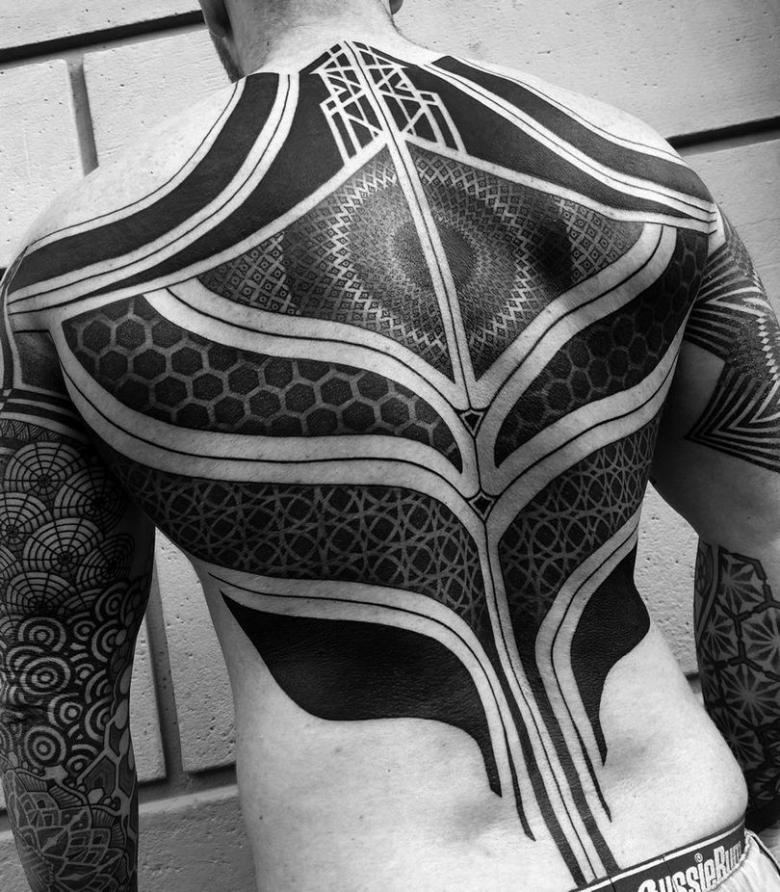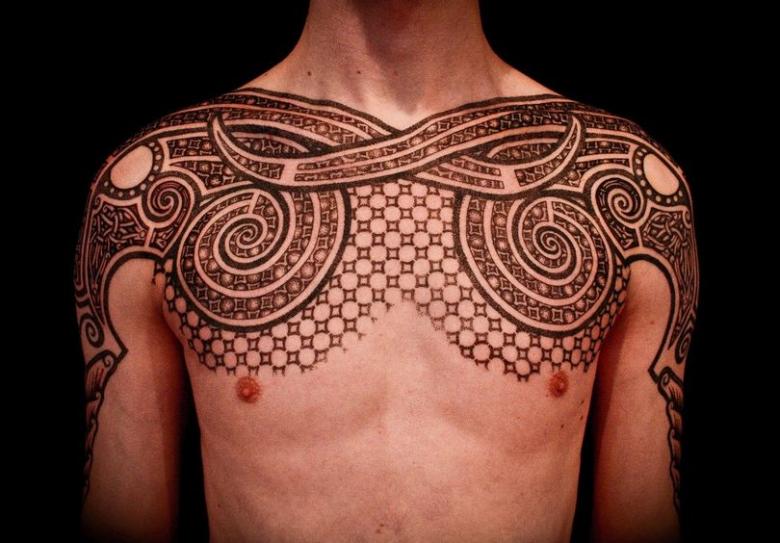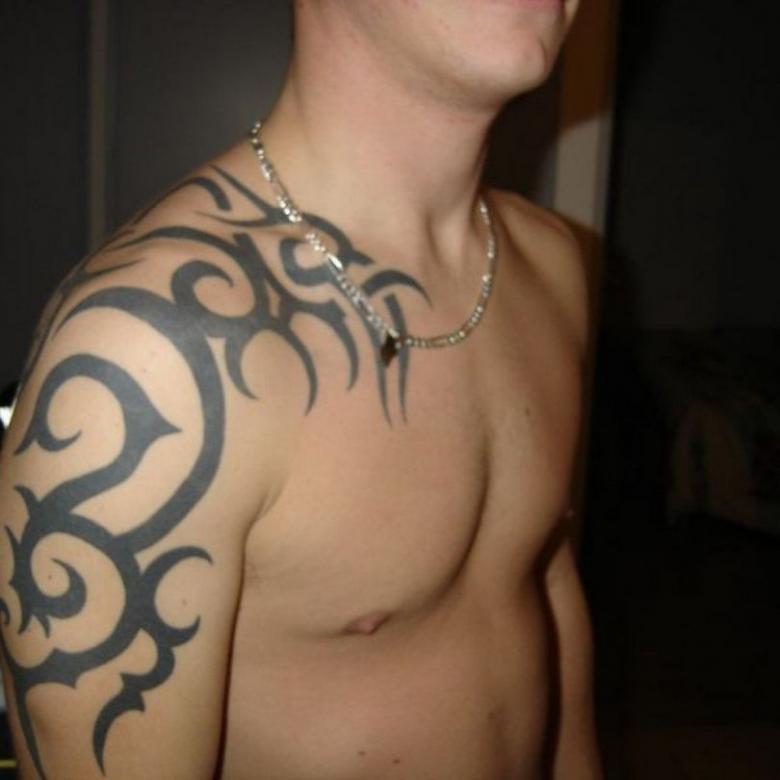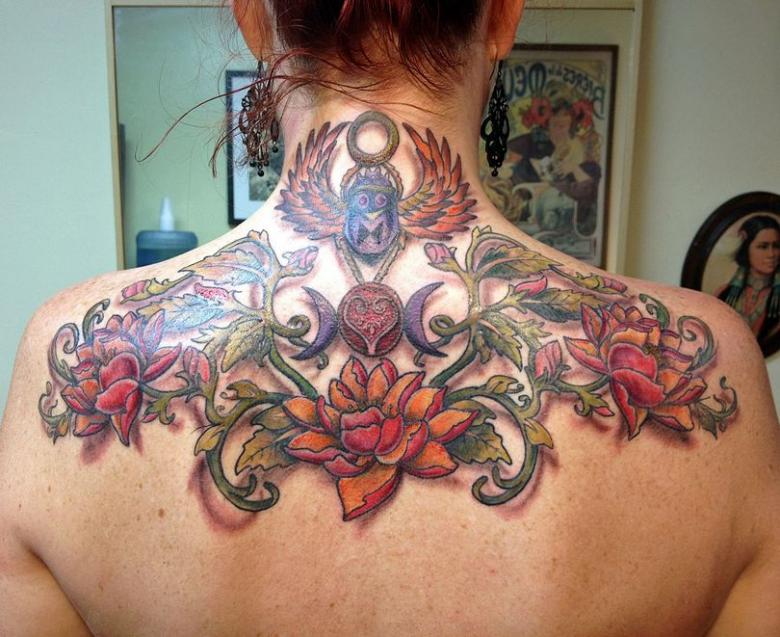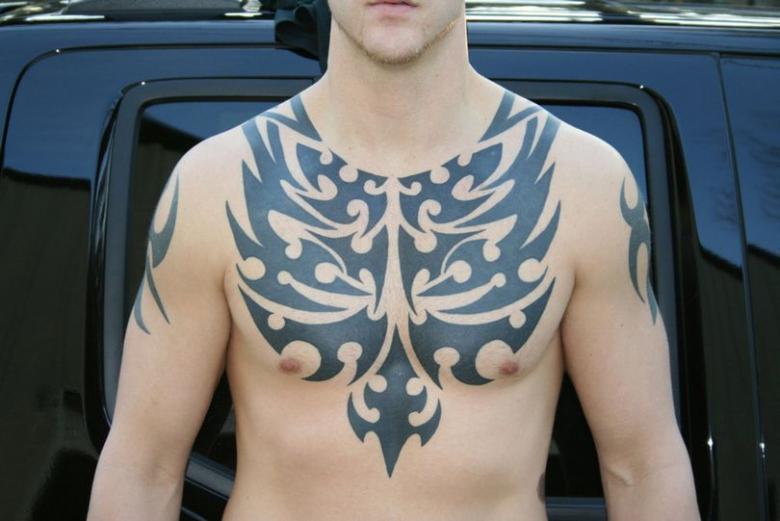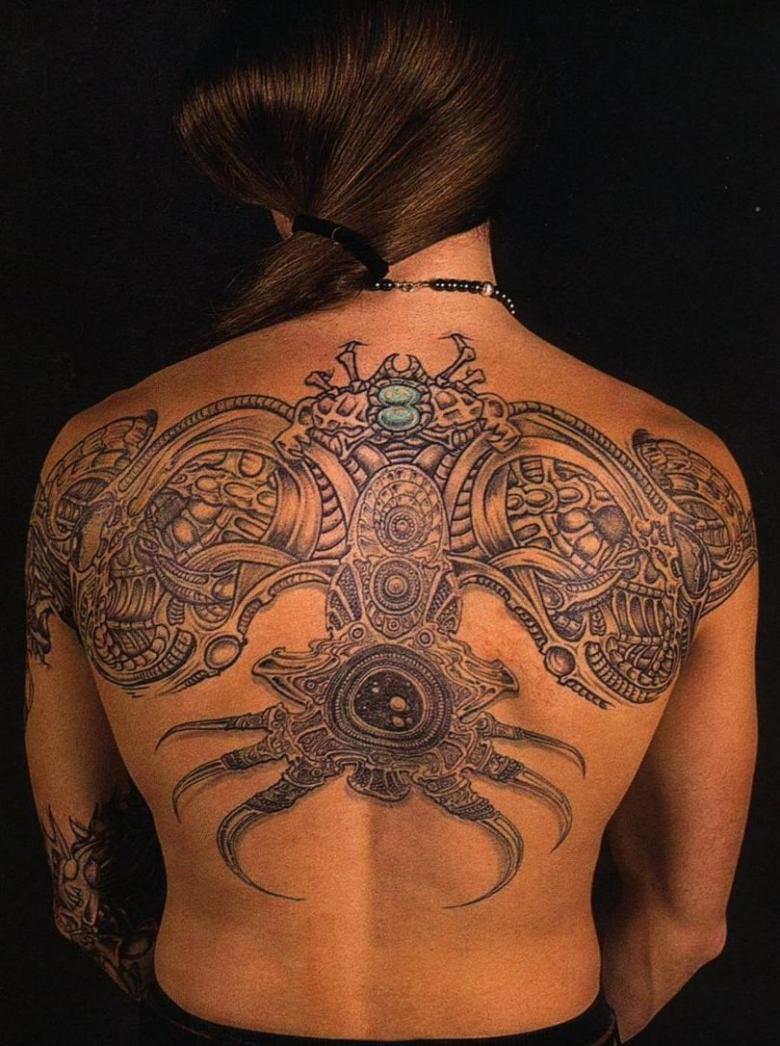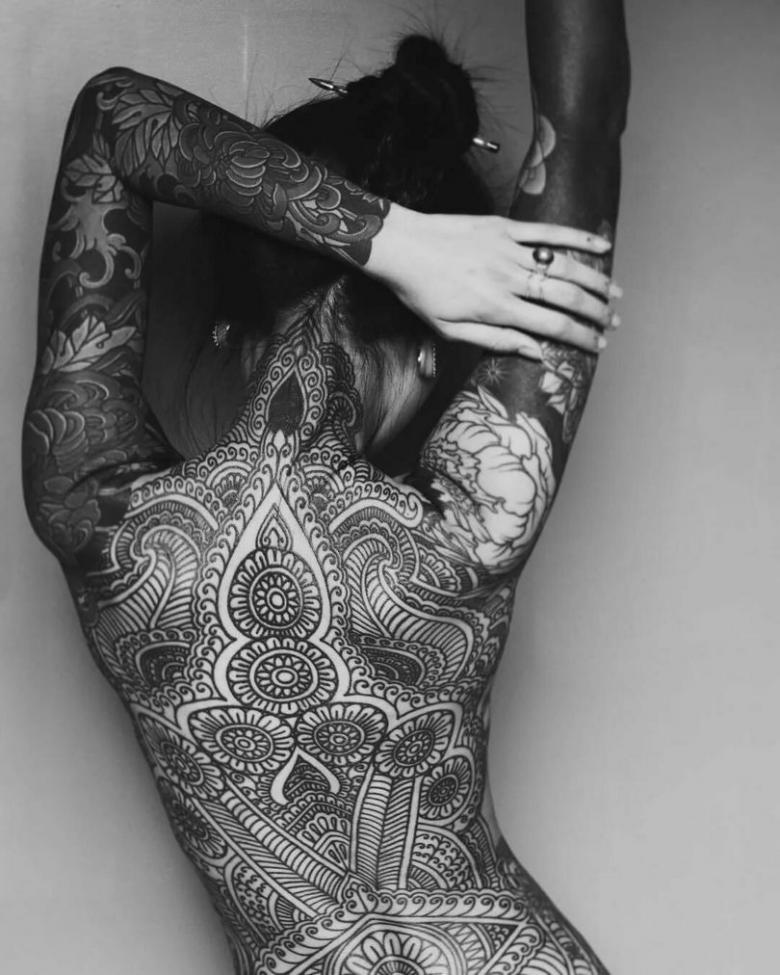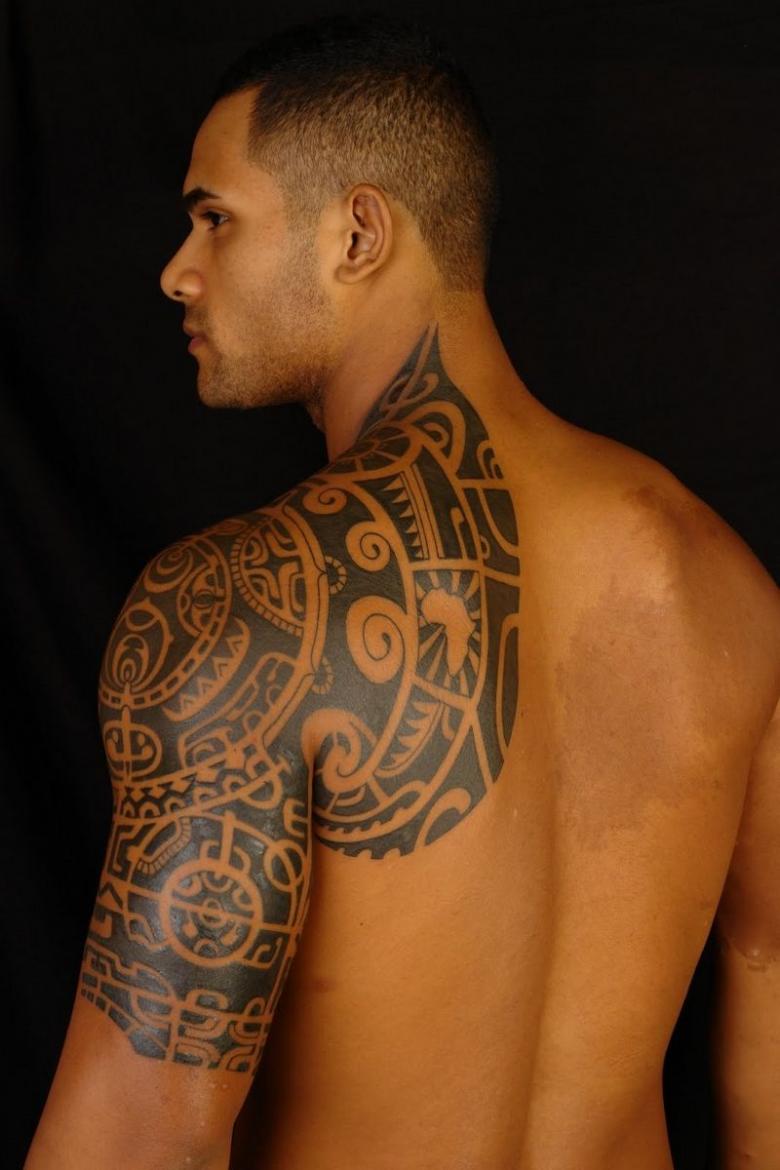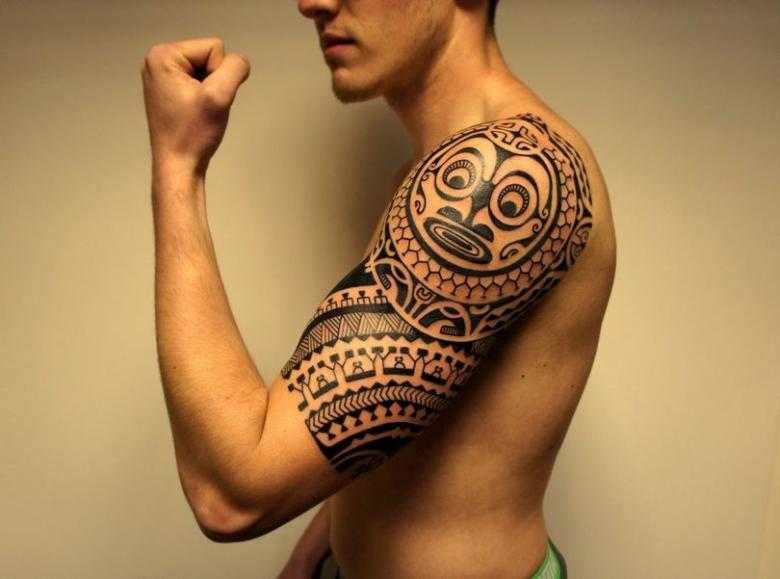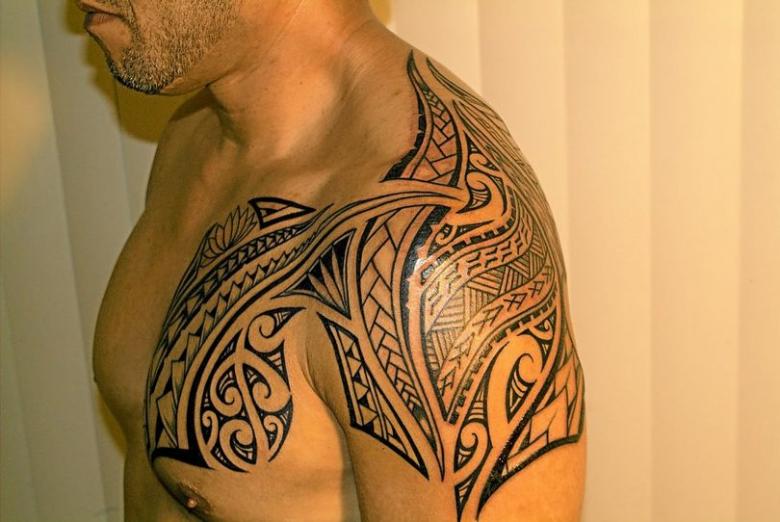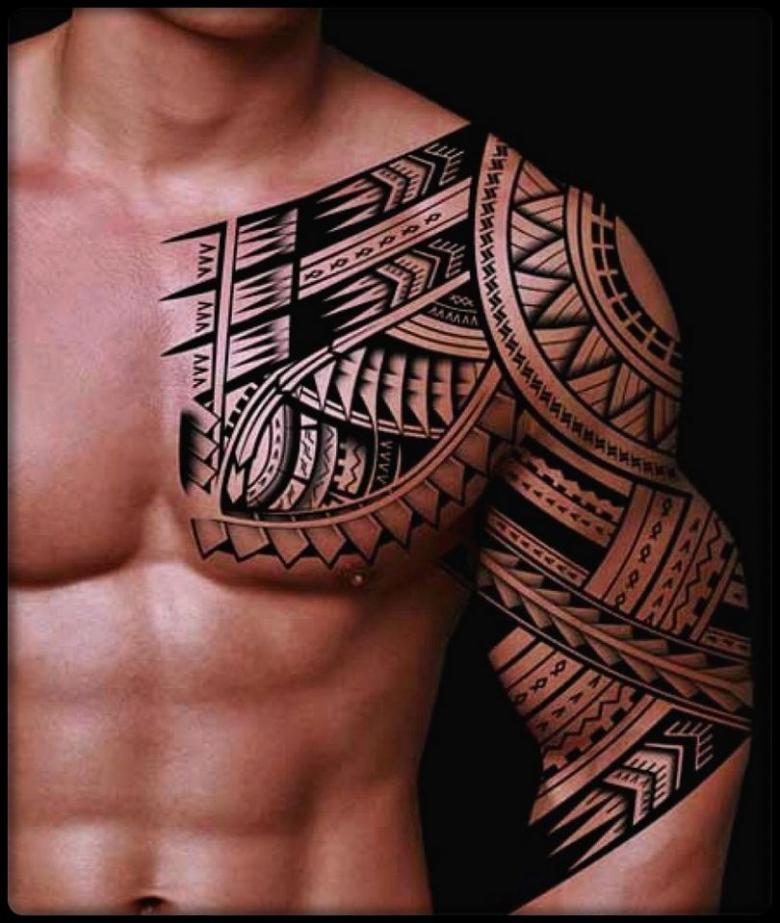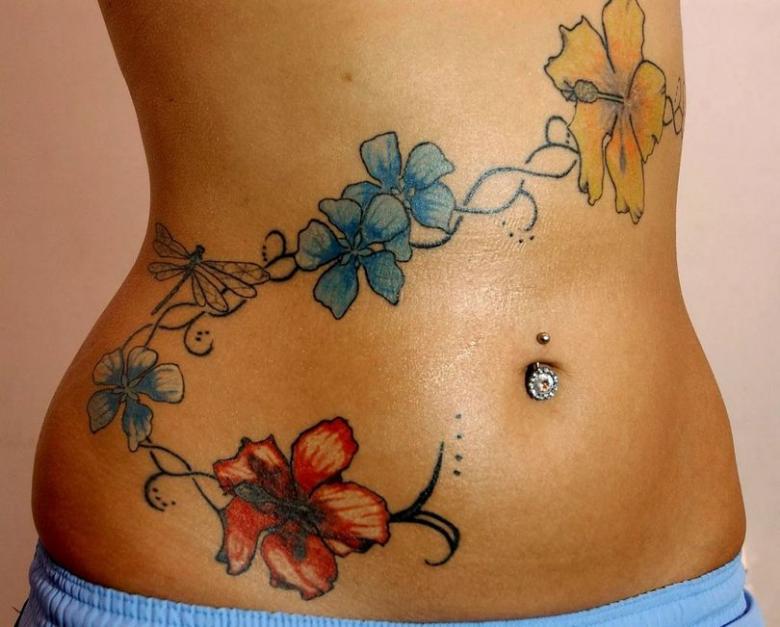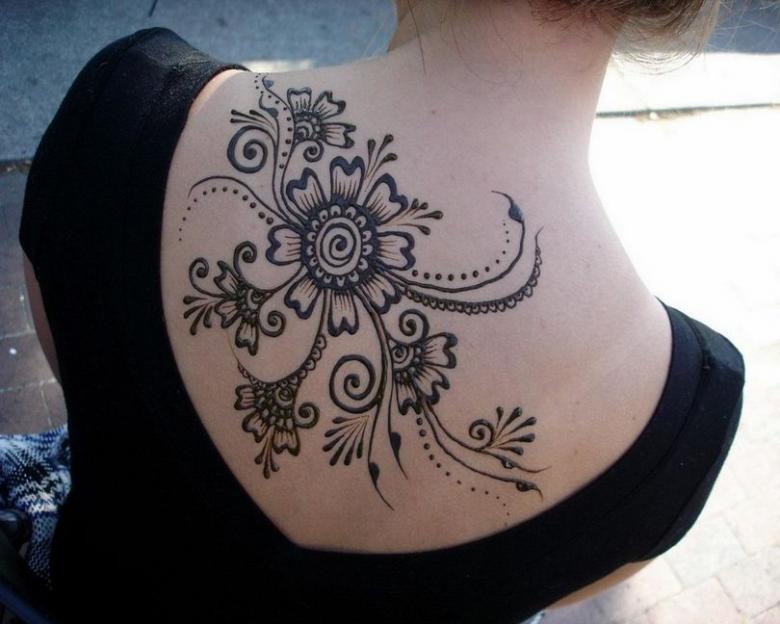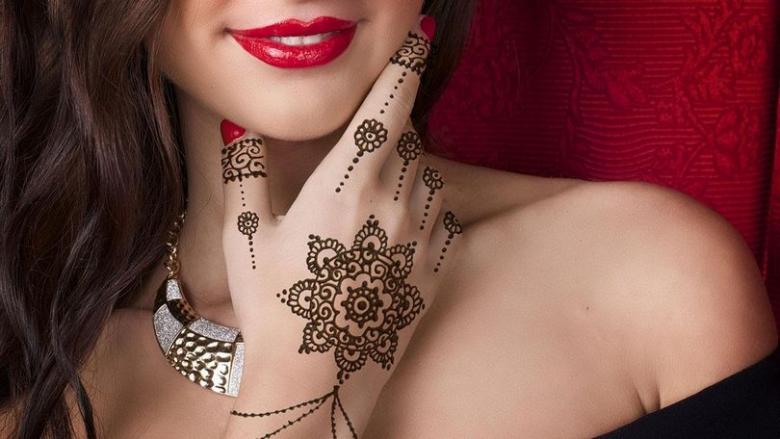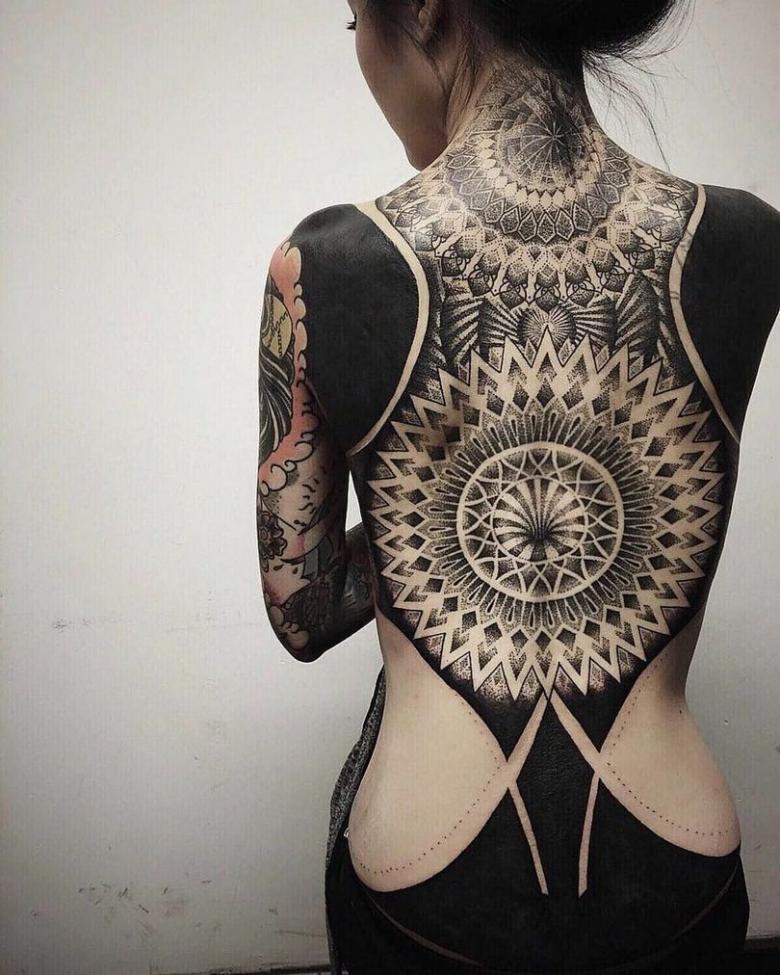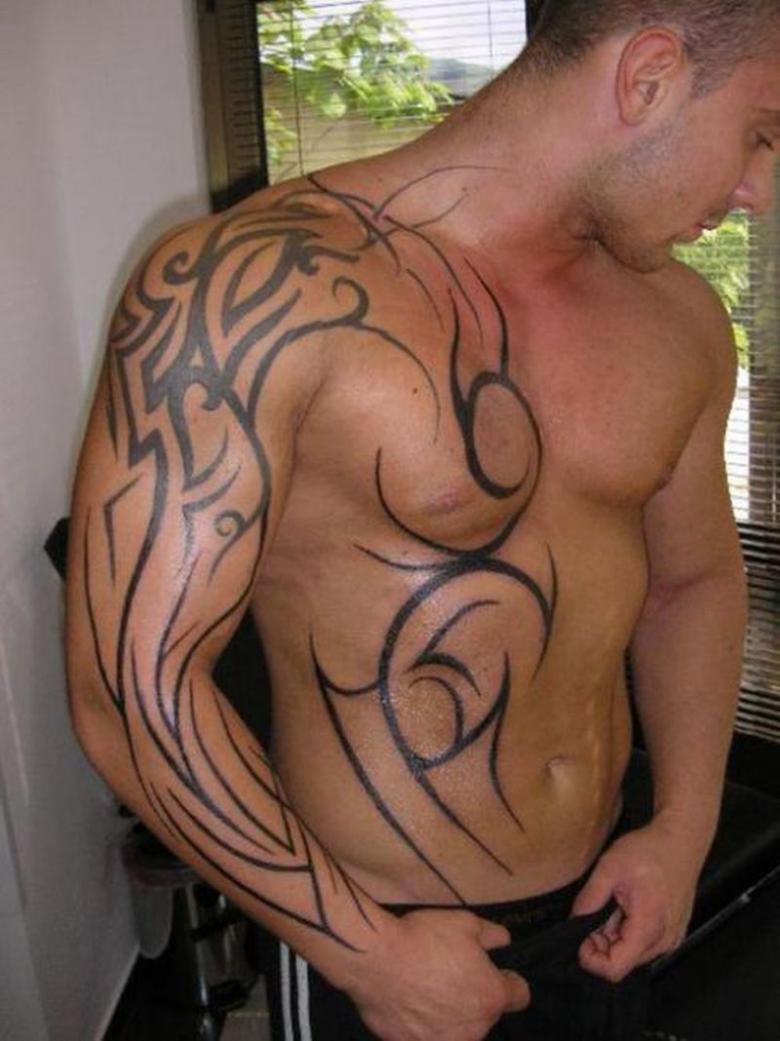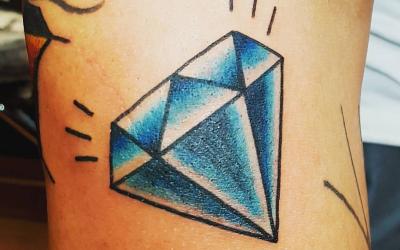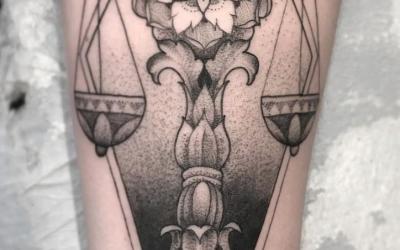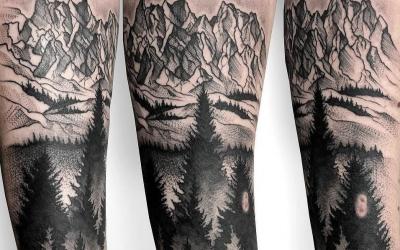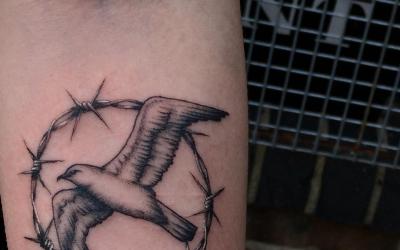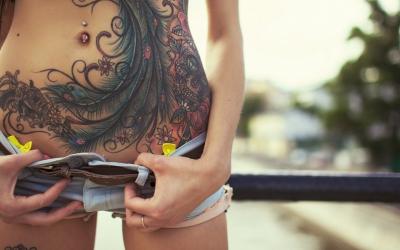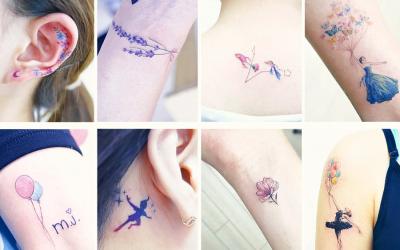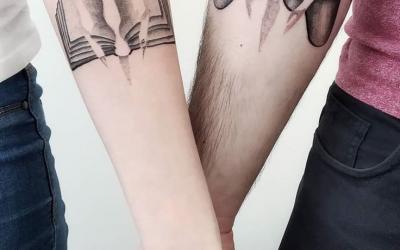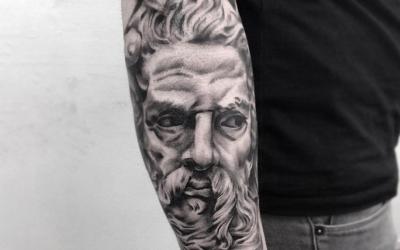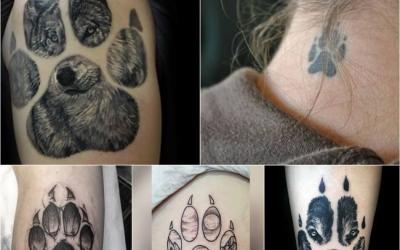Tattoo pattern - history, popular types, where to strike (on the arm, shoulder, back), inspiring photos of work
Tattoos - a great way to express yourself, to show your opinion on any events in the world and your own life, to mark memorable dates and forever leave important people in your heart.

The art of tattooing appeared many centuries ago and for the last century not only did not lose its popularity, but also gained a huge number of fans all over the world.
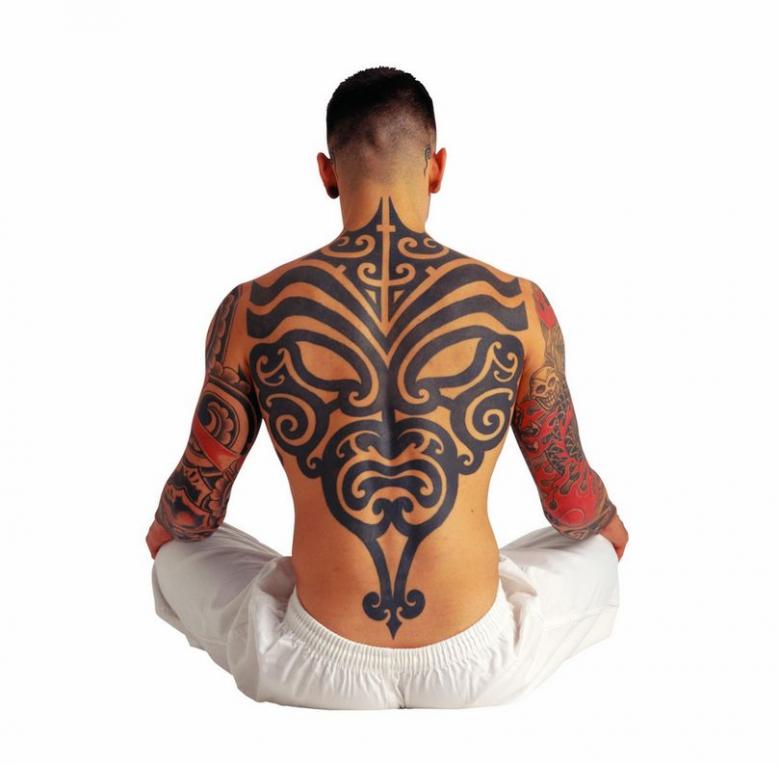
With the arrival of the role models of Western Hollywood tattoos began to spread around the world with even greater speed.There are many variations of drawings. You can choose for all tastes and colors, and importantly - the wallet. However, this world also has its own trends.
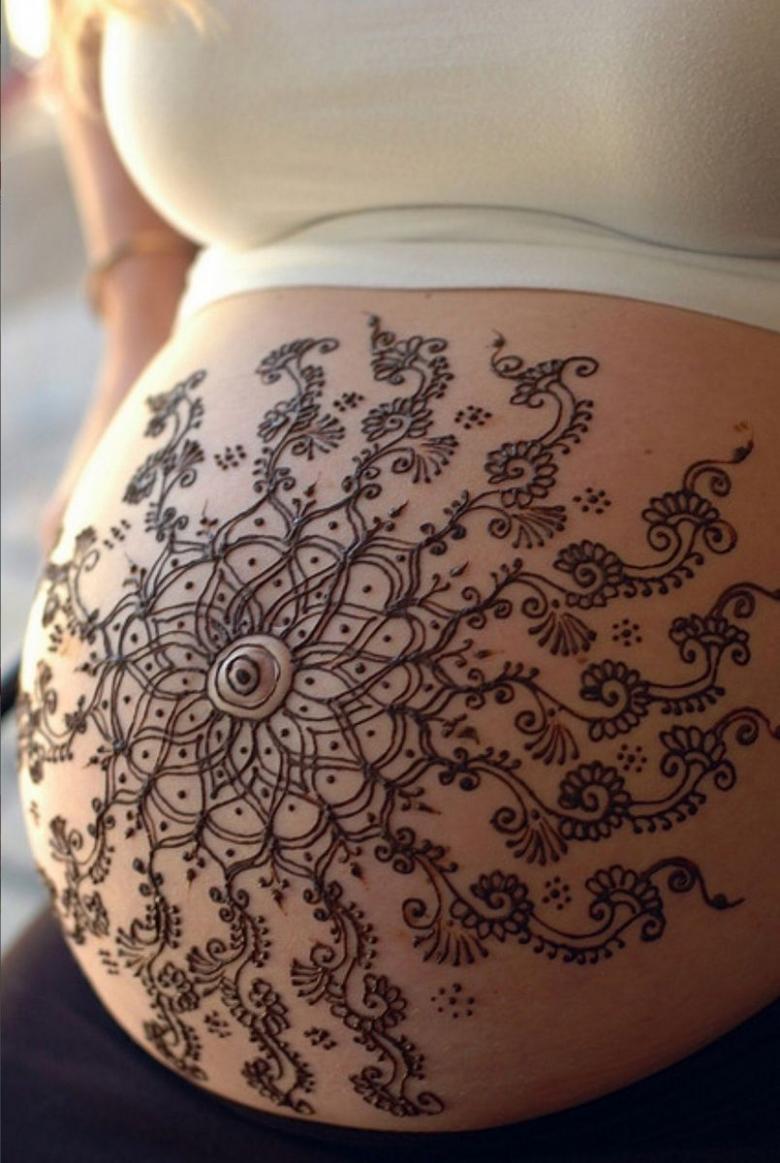
So, for example, patterns have not gone out of fashion for the last twenty years. What kind of patterns are there? What do they hide? And why do people choose this particular way of self-expression?

By studying the photos provided below, it is possible to classify all variations according to the place of distribution on the globe and the meanings. There is no clear division into male and female.
Slavic pattern.
Refers to the past of a particular nation and is rooted in the mythologem and sacred symbols of ancient Russian folklore and religion. The Slavic theme is characterized by predominantly female themes.

Cross and bird themes are traditionally widespread. They are juxtaposed in Slavic culture with fertility and the ability to continue the lineage by analogy with a ploughed field and the nascent harvest through seeds.

It is not uncommon for girls interested in this to be attracted to mysticism and magic. Hence the interest in bereginas and other Slavic stories.

Maori Pattern.
A super ritualistic story. Fragments were passed down from age to age from the eldest in the family, to the youngest. It is based on the geometry of simple shapes.

Today, they are simply aesthetically pleasing images, not endowed with any hidden meanings. The idea of making such a thing will not come to everyone.

What other patterns are popular?
- Arabic - most often it is a script or Arabic ligature with correct and beautiful sayings. Careful attention should be paid to all the signs to avoid linguistic nonsense, which for connoisseurs of the language will look ridiculous. You can take inspiration from the architecture of Islam and oriental miniatures of all ages, it is a full-fledged separate style.
- Greek ornaments. For motifs, look to the classic works of the Ancient Greeks - Olympus and the Acropolis of Athens are imbued with the spirit of the past.
- India is a country as a way of thinking and choosing life positions. Traditional Indian images can say a lot about their owner.
- Scandinavia - the theme of Vikings and symbols cited on ships and in the writing of medieval Scandinavia.
- Celts and the ancestors of the modern English. Interwoven white lines on black. From these it is easy to pick out three-dimensional and recognizable stories - a tree or Thor's Hammer. Not uncommon are the heart and the cross. Speaking of meanings, it's all about infinite beginning, symbols of earth and sky as the upper and lower worlds. The knot marks the theme of the unity of the body and the spiritual component. It is not uncommon to see tattoos with intertwined symbols forming bracelets and rings on the body.
- Polynesian - the most symbolic story, originating from the distant islands. A distinctive feature is the black casting of all elements, combined with streaks of white skin.
- Khokhloma. Not a frequent phenomenon in everyday life. However, the national patterns are also loved to be stuffed. Bright colors with the use of red, black and yellow. The motifs are flowers and berries.
- Motifs of the Americas in ancient times - the culture of the Aztecs and Maya. The meanings are lost through the centuries, but the images continue to delight today's generations. The maximum authenticity is achieved by the use of corchine and red ink.

Is that all there is to it? No, the most popular option is tribal, an imitation of different peoples' patterns in a modern reading.

More patterns?
There are some that defy categorization. These are some simple themes:
- Floral;
- Interwoven leaves;
- Barbed wire as a prison theme;
- Roses and thorns;
- Experimental motifs of interweaving lines and colors.

The best advice is to choose neutral logic, unless you're a fan of a certain culture and you're inspired by characters from past eras. It is better to remain yourself and choose pretty flowers or geometric lines. They don't get boring and don't go out of style.
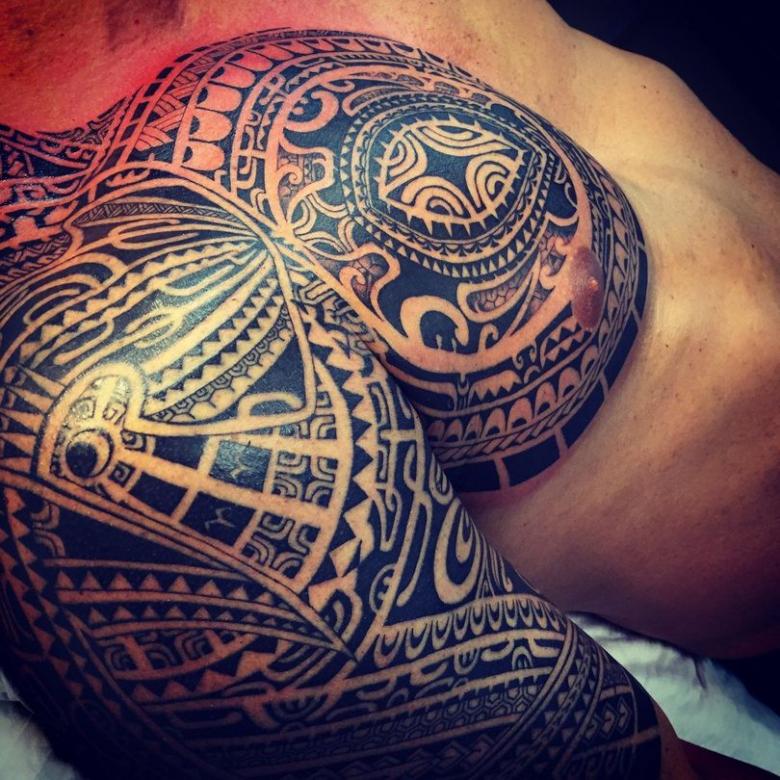
Where's the beat?
Traditionally drawings are made on almost all parts of the body, most often:
- On the arm;
- On the shoulder;
- On the forearm;
- On the hand;
- On the ankle;
- Under the chest;
- On the lower back;
- Behind the ear.
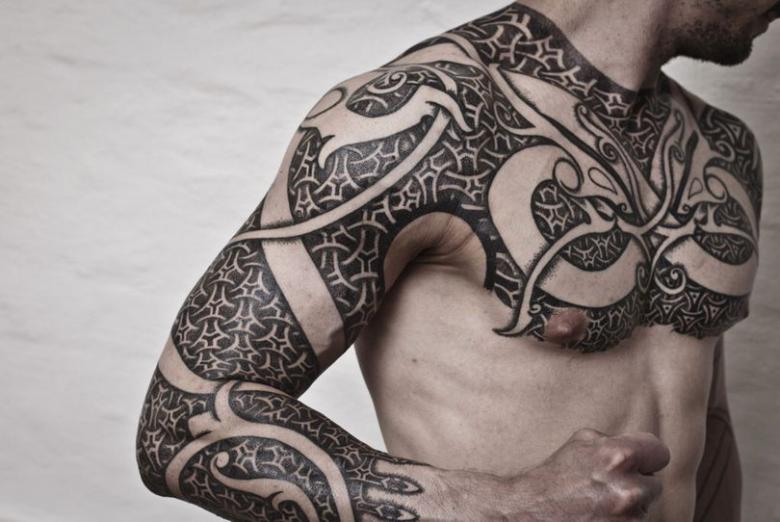
As you begin your journey of getting the coveted picture, be careful. Choose proven masters with good reviews in your city.
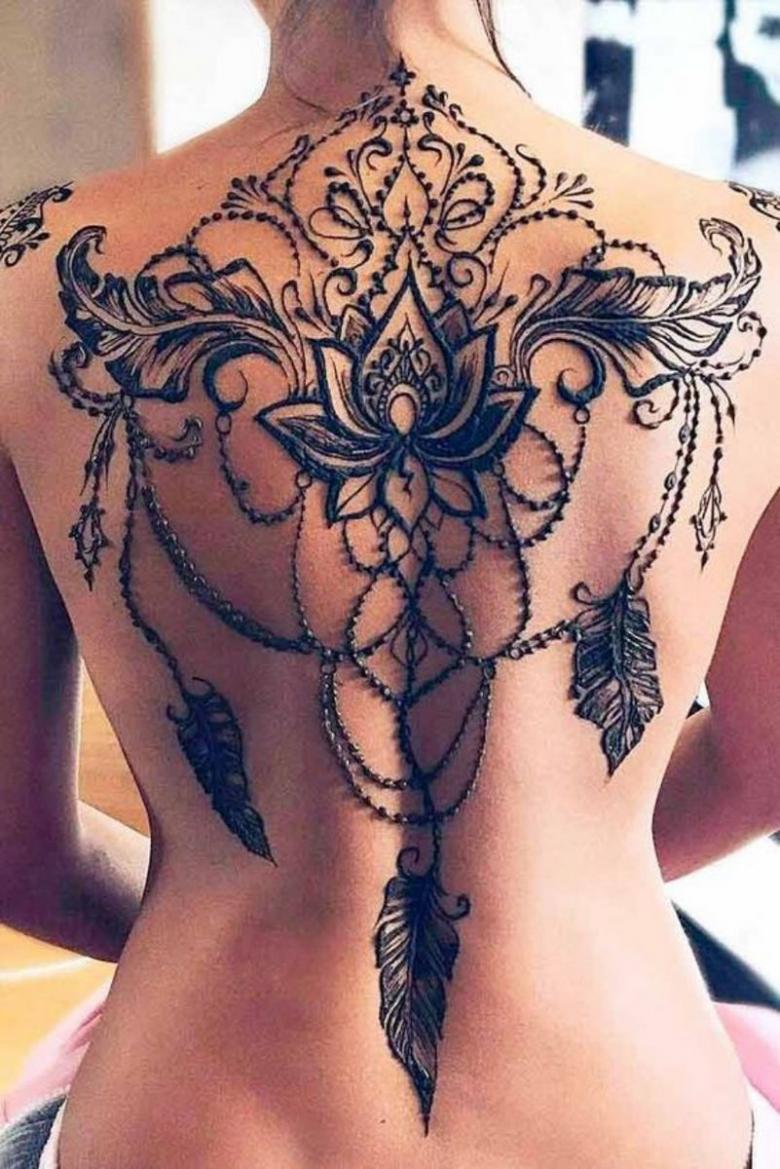
Look at the portfolio and the master's previous work, the good ones will always have a catalog. Communicate and understand that you understand each other well. Speaking of patterns, pay special attention to the meanings and symbolism.

Ask the experts about the meaning of the elements and understand that this is what you want to portray. Check the finished work for errors.

Create a sketch beforehand. The most ridiculous thing in this situation is to walk around with silly symbols, unaware of the degree of their stupidity and proud of the newly acquired mark on your own body. And let you rejoice in the purely beautiful appearance of your own arm or leg.

